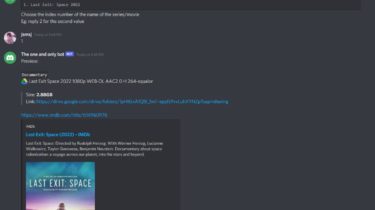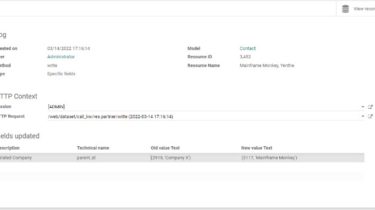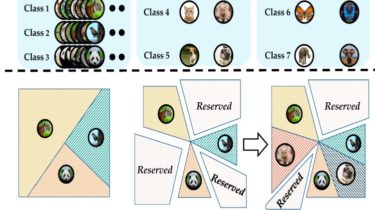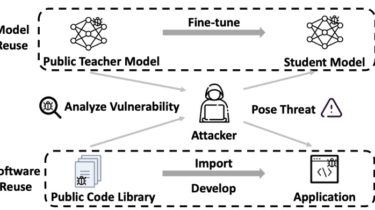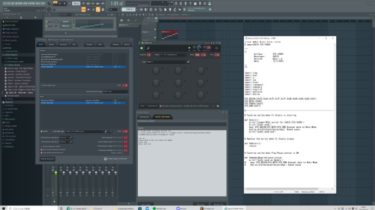A Discord Bot to generate posting template for Megadrive server
Deploy to Heroku Steps: Create a Discord Bot by following this tutorial or refer to any youtube video Keep the discord bot token handy Click the deploy to heroku button, and put in the token when asked. Go to your app’s heroku dashboard. Go to resources tab. Click the ✏️ icon and toggle the worker switch to on. Your bot will be online. Detailed Guide: rentry.co How to deploy video Youtube Demo video Youtube Invite the bot and test it […]
Read more